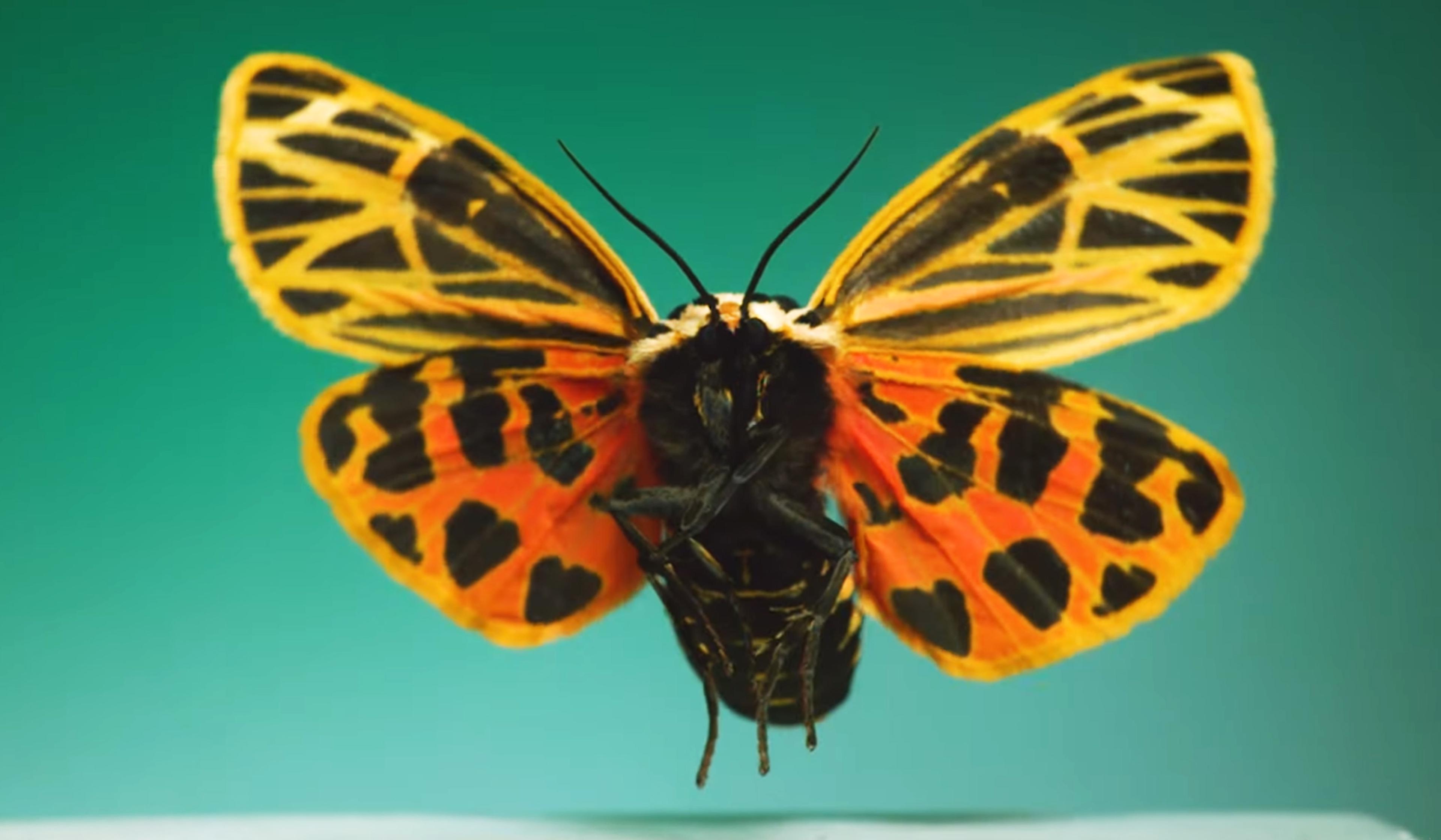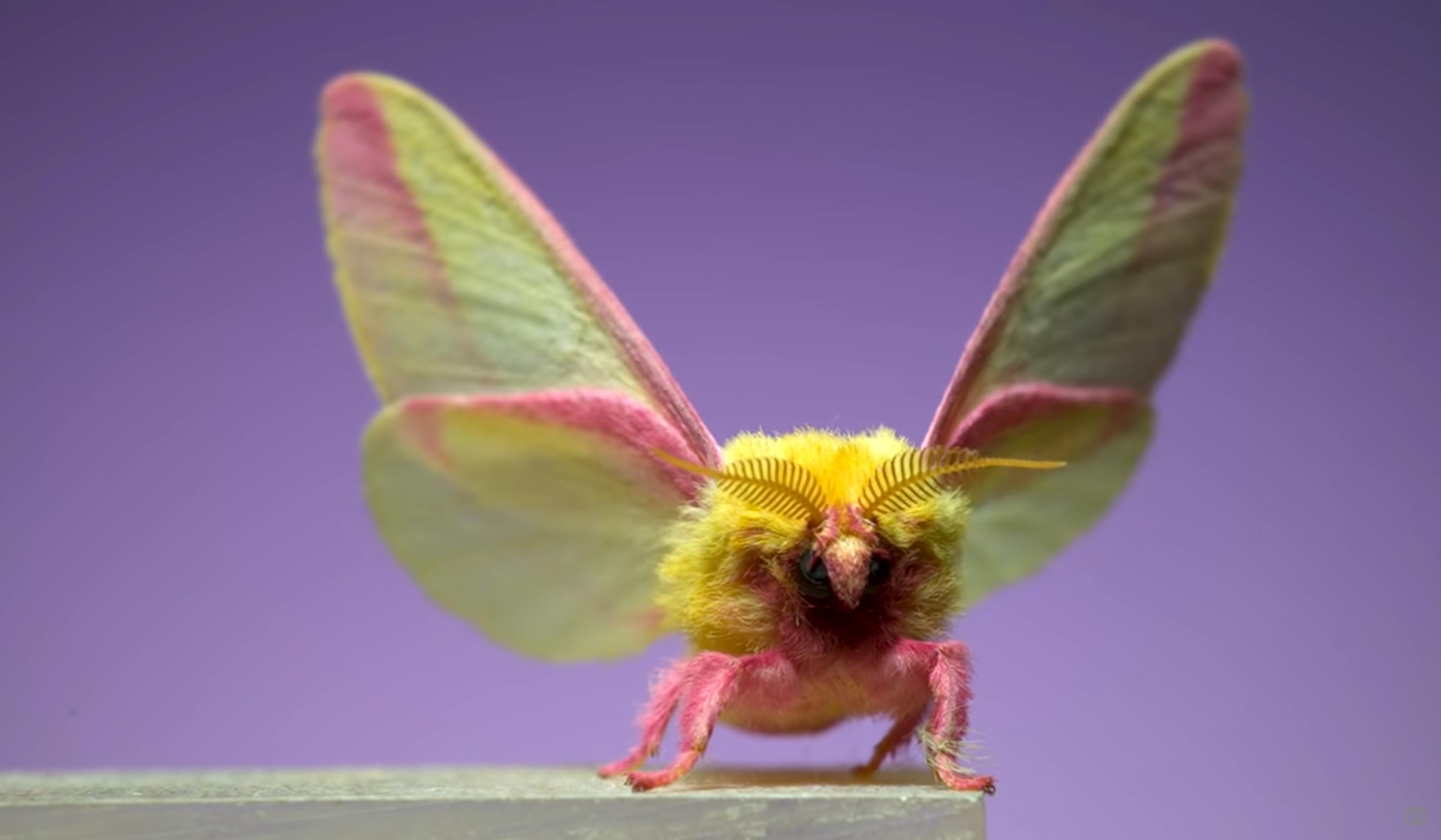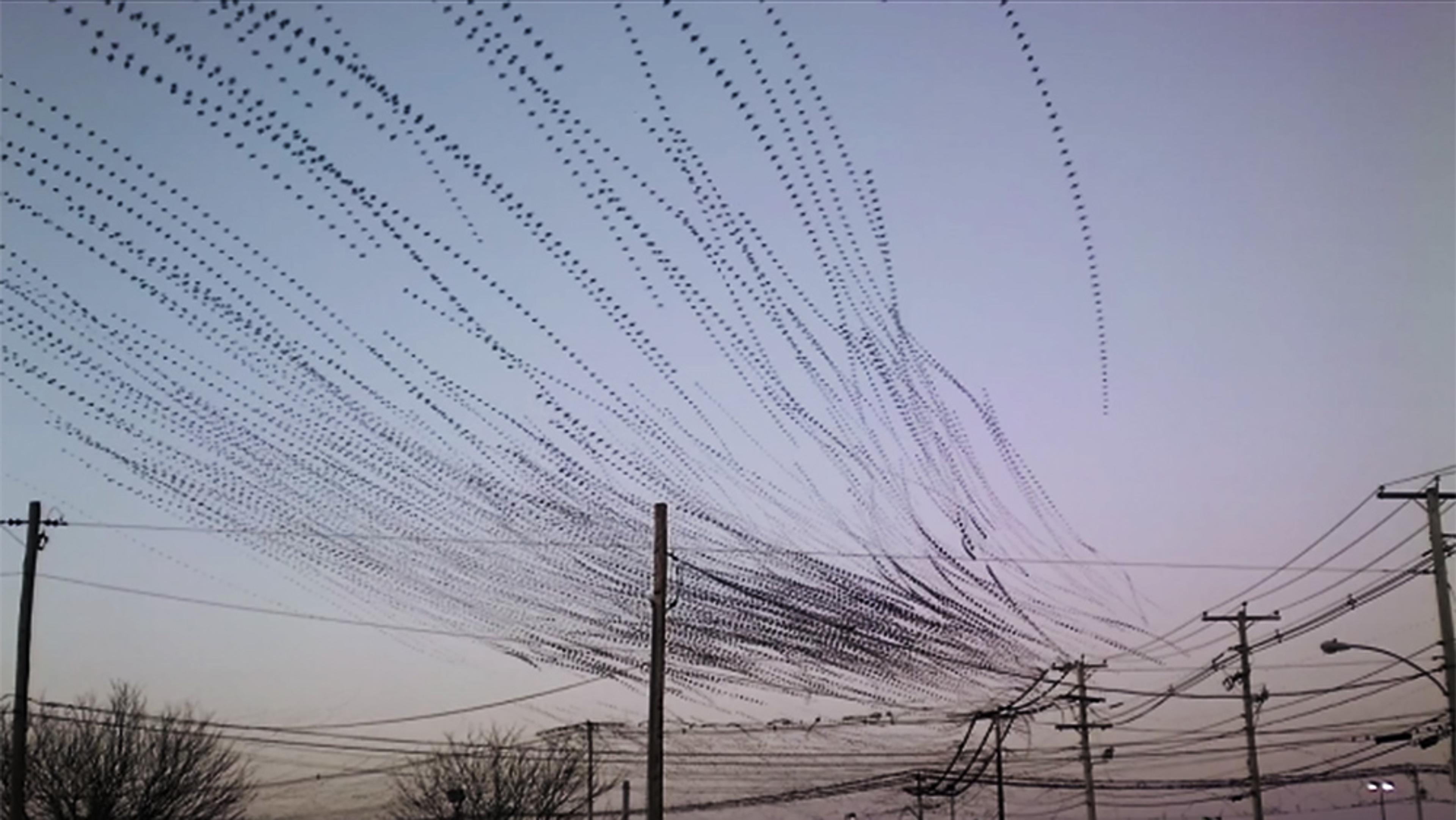Working with the Patel Lab at the Marine Biological Laboratory at the University of Chicago, the US artist and filmmaker Kristina Dutton drew from a collection of some 50,000 specimens to create a two-film series highlighting the extraordinary beauty and diversity of butterfly and moth (or Lepidoptera) wings. In the first film, Biopixels, Dutton constructs a stunning animation from macroscopic images of the wings, drawing parallels between the small points of colour that give them their rich patterns and hues, and computer pixels. In the second, Nanoscapes, she draws viewers even further inside the world of the unseen, using light and electron microscopes to magnify images of the wings up to 50,000 times their original size before zooming out to reveal familiar images of the creatures. Through this framework, Dutton and her collaborators help bring to life the hidden ‘topography’ of these wings, from which the recognisable shapes, colours and functions of butterfly and moth wings emerge.
Via The Browser







